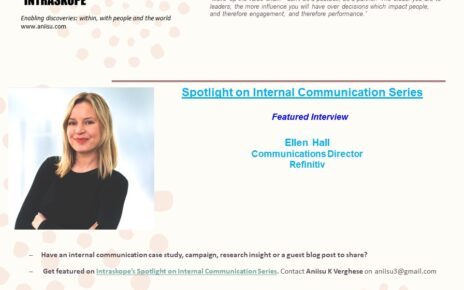Trust isn’t just a nice-to-have. It’s the foundation of any thriving organization. Yet, paradoxically, many workplaces are grappling with a silent crisis – misaligned perceptions between leaders and employees. This gap isn’t just a minor hiccup; it’s a trust assassin that silently erodes engagement and cripples performance.
Why Do Perception Gaps Exist?
At the heart of this issue lies a mix of #cognitive #biases and flawed communication strategies. The Truth-Default Theory (TDT) shares that we inherently trust others until proven otherwise. Malcolm Gladwell’s book – Talking to Strangers (2019) highlights this issue. Leaders, confident in their intentions, often assume their messages are clear and genuine. However, without deliberate and transparent communication, employees may interpret actions differently, leading to scepticism and disengagement.
Moreover, theories like the Dunning-Kruger Effect highlight how overconfidence in leadership can blind them to their own shortcomings. In a study by Ipsos (2023) when CEOs believe they possess all the necessary qualities such as accountability, innovation, trustworthiness without recognizing what employees truly value, a gap forms. Employees crave reliability, responsibility, and humility, often feeling undervalued when these needs aren’t met.
The Real Impact on Organizations
This misalignment doesn’t just affect morale; it has tangible business consequences. According to the IC Index 2024, while 80% of executives rate employee experience as important, a mere 25% of employees feel genuinely engaged. This disconnect fuels high attrition rates, as talented individuals seek environments where their voices are heard and their contributions recognized.
Challenging the Status Quo
It’s time to dismantle the outdated belief that more communication automatically leads to better performance. Instead, organizations should focus on meaningful interactions that build trust and foster genuine connections. Leaders must engage in active listening, seek honest feedback, and align their actions with their words to bridge the perception gap.
Join the Conversation
Have you experienced a trust gap in your workplace?
How did it impact your engagement and performance?
Facing an issue you want to discuss?
Reach out to understand how I can help your organization prioritize trust and experience.

